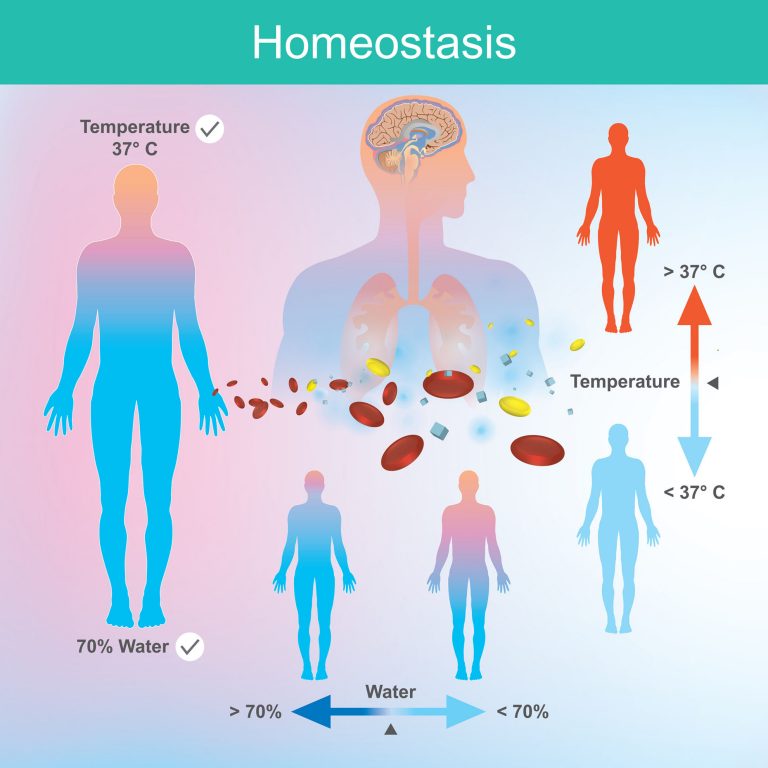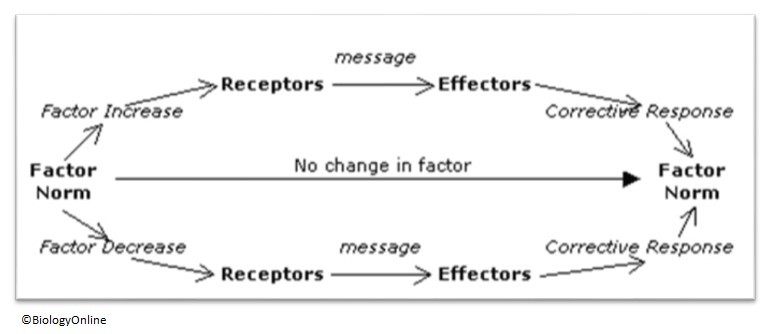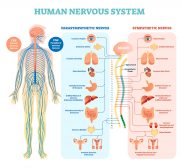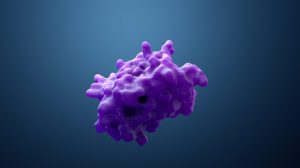Physiological Homeostasis

Homeostasis sees to it that body temperature and water levels are kept within the tolerable limits at all times.
Table of Contents
In animals such as ourselves, the internal environment of our bodies must have certain conditions within tolerable limits to continue the healthy functioning of us.
This is done by a process called negative feedback control where various receptors and effectors bring about a reaction to ensure that such conditions remain favorable. In this tutorial, we investigate the control of blood sugar concentrations, water concentrations, and temperature.
The principle of negative feedback control is illustrated in the diagram below:

This occurrence is known as physiological homeostasis, translating in layman’s terms to the physical equilibrium. It is essentially a corrective mechanism, consider the following scenario in a person:
- The level of glucose in the bloodstream drops
- The person requires glucose in cells to meet the demand for ATP
- The body detects this with a particular receptor designed for this function
- These receptors release hormones, chemical messages that initiate the start of the feedback mechanism
- The hormones travel to their target tissue and initiate a corrective response
- In this case, the corrective response is the secretion of more glucose into the bloodstream
Requirement of Negative Feedback Control
Because mammals are warm-blooded, the enzymes that are part of their make-up as a warm-blooded animal require a certain temperature to operate optimally. Also, the water concentration of a cell and its chemical concentration must remain at a certain level to allow normal cellular processes to occur.
In light of this, the feedback mechanism in such warm-blooded animals is essential in regards to allowing the body to work in optimal conditions – so any change in from the norm in temperature is corrected by the feedback mechanism.
Advantages of Homeostasis
Homeostasis has survival value because it means an animal can adapt to a changing environment. It can deal with the temperature difference you face when you step out your front door.
The body will attempt to maintain a norm, the desired level of a factor to achieve homeostasis. However, it can only work within tolerable limits, where extreme conditions can disable the negative feedback mechanism.
In these instances, death can result, unless medical treatment is executed to bring about the natural occurrence of these feedback mechanisms.
The next tutorial looks at the regulation of blood sugar concentration and temperature regulation in detail.
You will also like...

Darwin and Natural Selection
This tutorial investigates the genetic diversity in more detail. It also delineates how certain alleles are favored over..

The Human Nervous System
The nervous system is essentially a biological information highway. This tutorial gives an overview of the nervous syste..

Plant Cells vs. Animal Cells
Plant cells have plastids essential in photosynthesis. They also have an additional layer called cell wall on their cell..

Growth and Plant Hormones
Plants, like animals, produce hormones to regulate plant activities, including growth. They need these hormones to respo..

Developmental Biology
Developmental biology is a biological science that is primarily concerned with how a living thing grows and attains matu..

Protein Variety
The sequence of amino acids determines the type of protein. Protein is synthesized according to the sequence of nucleoti..
